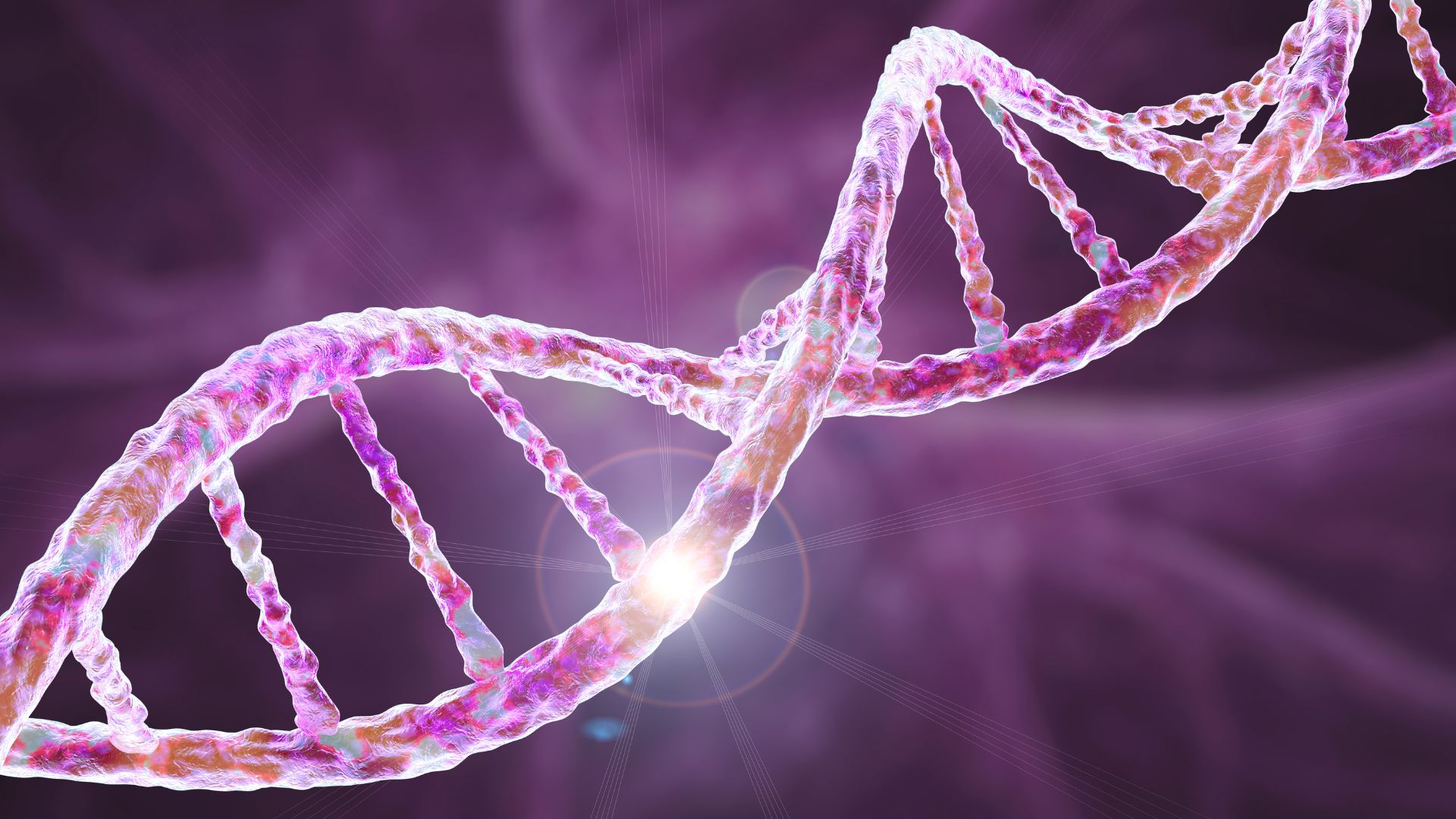1st UK child to receive gene therapy for fatal genetic disorder is now 'happy and healthy'
A baby with a rare inherited disorder became the first child in the U.K. to receive a new gene therapy for the condition.

A 19-month-old girl named Teddi recently became the first child in the U.K. outside a clinical trial to receive a new gene therapy for metachromatic leukodystrophy (MLD), a fatal genetic disorder, the National Health Service (NHS) announced.
Roughly six months out from treatment, "Teddi is a happy and healthy toddler showing no signs of the devastating disease she was born with," the NHS statement reads.
The genetic disorder MLD disrupts cells' ability to break down sulfatides, a fatty material used to insulate the wiring that runs through the white matter of the brain and much of the nervous system beyond the brain. Sulfatide buildup destroys brain and nerve cells, resulting in cognitive problems, a loss of motor control and sensation, seizures, paralysis and blindness, according to the Genetic and Rare Diseases Information Center. Eventually, the disorder leads to death.
Typically, MLD treatment is aimed at managing symptoms of the disease, although several experimental therapies, including bone marrow transplants and cord blood stem cell transplants, have sometimes been used to slow the disorder's progression in infants, according to the Centers for Disease Control and Prevention. The new gene therapy, called Libmeldy (generic name atidarsagene autotemcel), was only recently cleared for use by the NHS and works by inserting into the body working copies of the genes that are faulty in MLD, thus restoring the ability to break down sulfatides.
Related: 'Butterfly disease' makes the skin incredibly fragile, but a new gene therapy helps it heal
Libmeldy is made using stem cells that are derived from a patient's blood or bone marrow and can give rise to different types of blood cells, according to the European Medicines Agency (EMA). These stem cells carry the new, functional genes into the body, where they give rise to white blood cells that travel through the bloodstream.
In clinical trials, Libmeldy offered clear benefits to infantile and juvenile patients who hadn't yet developed MLD symptoms; these patients were able to break down sulfatides at normal rates and showed typical patterns of motor development, for example. The benefit of the therapy seemed to last several years, but at this point, "it is not yet clear whether it will persist life-long, and extended follow-up is needed," the EMA noted.
Sign up for the Live Science daily newsletter now
Get the world’s most fascinating discoveries delivered straight to your inbox.
Teddi and her sister Nala, age 3, were both diagnosed with MLD in April 2022, according to the NHS. Unfortunately, Nala was not eligible for Libmeldy because she'd already developed symptoms of the disorder. Teddi had her stem cells extracted in June and received her new, modified stem cells in August.
Libmeldy is approved for use in the European Union and U.K., although the U.K.'s drug price watchdog initially rejected the therapy due to its hefty list price of £2.8 million ($3.4 million at today's exchange rates), BBC News reported in 2022. The therapy's manufacturer, Orchard Therapeutics, then offered Libmeldy to the NHS at a significant discount.
The gene therapy has not yet been approved by the U.S. Food and Drug Administration.

Nicoletta Lanese is the health channel editor at Live Science and was previously a news editor and staff writer at the site. She holds a graduate certificate in science communication from UC Santa Cruz and degrees in neuroscience and dance from the University of Florida. Her work has appeared in The Scientist, Science News, the Mercury News, Mongabay and Stanford Medicine Magazine, among other outlets. Based in NYC, she also remains heavily involved in dance and performs in local choreographers' work.
